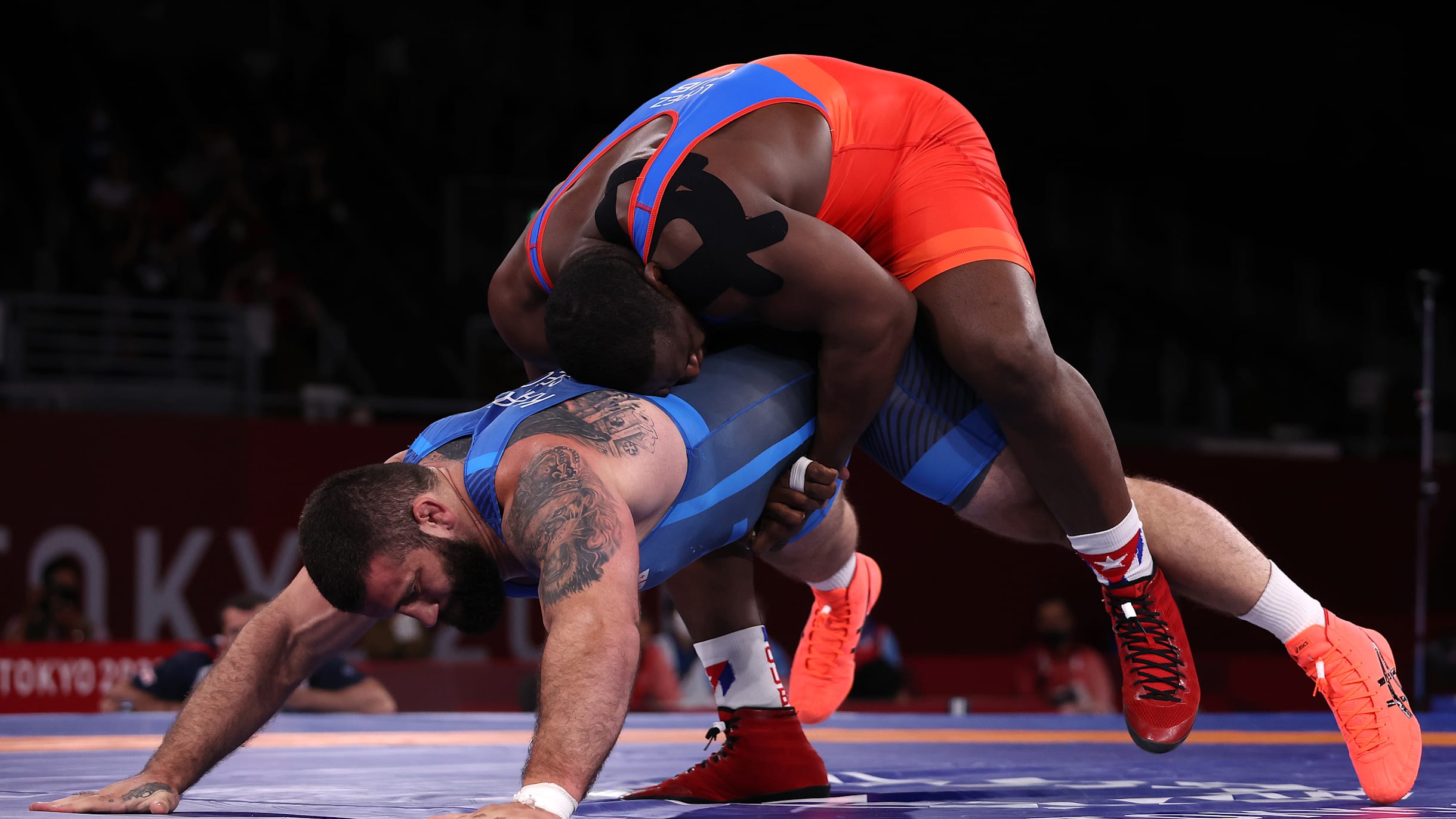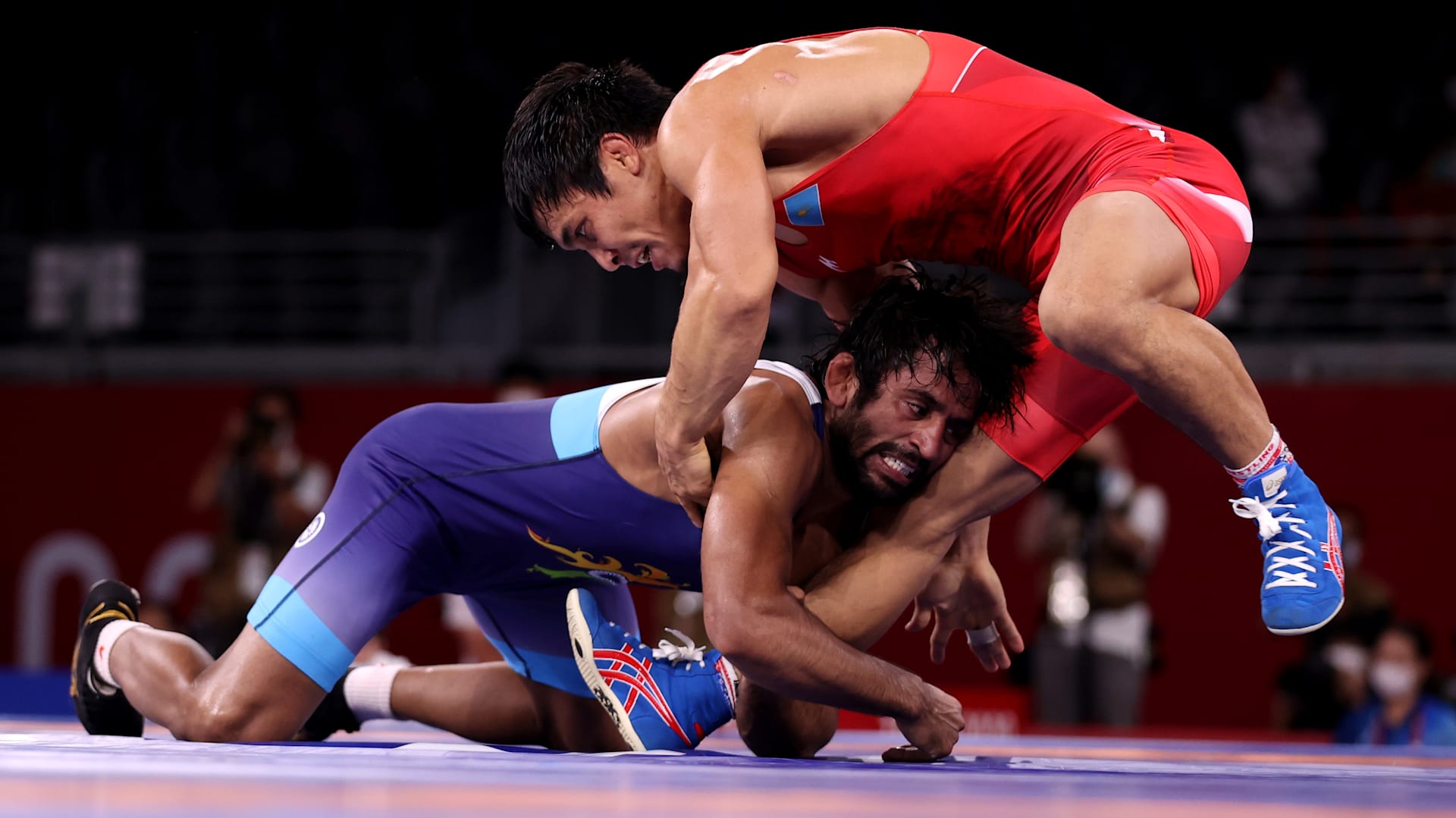Exploring Wrestling Styles

Wrestling is a dynamic and ancient sport that has captured the hearts of athletes and spectators around the world. With a rich history dating back to ancient civilizations, wrestling has evolved into various distinct styles, each with its unique rules, techniques, and strategies. In this article, we will delve into the world of wrestling styles, exploring the differences and intricacies of popular styles such as Freestyle and Greco-Roman.
Wrestling, in its various forms, has been practiced for centuries across cultures and civilizations. Whether for sport, combat, or entertainment, wrestling has evolved into distinct styles, each reflecting the values and traditions of its origin.
The Foundation of Wrestling
:no_upscale()/cdn.vox-cdn.com/uploads/chorus_image/image/71877597/FI6aLCyWQAUL7AN.0.jpg)
At its core, wrestling involves physical confrontation and maneuvering to gain control over an opponent. Ancient civilizations, such as the Greeks and the Romans, valued wrestling as a display of strength, skill, and honor. Over time, different regions developed their styles, resulting in the diverse range of wrestling disciplines we have today.
Freestyle Wrestling

Freestyle wrestling is one of the most widely practiced wrestling styles globally. Originating from catch wrestling and developed in the late 19th century, Freestyle wrestling allows both the use of arms and legs to attack and defend. This style emphasizes quick transitions, throws, and takedowns, making it a dynamic and fast-paced sport.
Greco-Roman Wrestling
Greco-Roman wrestling shares its roots with ancient Greek and Roman traditions. Unlike Freestyle, Greco-Roman restricts holds and attacks below the waist. This style focuses on throws, upper body techniques, and maintaining control through clinches. Greco-Roman demands a high level of strength and strategy, as athletes must rely on their upper body strength and positioning to secure victory.
Folkstyle Wrestling: A U.S. Tradition

Folkstyle wrestling, commonly practiced in the United States, blends elements of various wrestling styles. It places an emphasis on controlling the opponent on the mat, often involving groundwork and pinning techniques. Folkstyle also incorporates rules and scoring systems that differ from international styles like Freestyle and Greco-Roman.
Collegiate Wrestling: A Blend of Styles

Collegiate wrestling, popular in the United States, is similar to Freestyle and Folkstyle wrestling. It emphasizes takedowns, escapes, and reversals. Collegiate wrestling has its unique rules and scoring, with a strong focus on maintaining control and avoiding pinfalls.
Submission Wrestling: Grappling for Victory

Submission wrestling, also known as submission grappling, is a hybrid style that draws inspiration from various martial arts and wrestling disciplines. While not typically associated with pinfalls, the objective is to force the opponent into submission through joint locks and chokeholds.
The Global Appeal of Wrestling Styles

Wrestling styles have a broad international appeal, with dedicated communities in various countries. The Olympic Games provide a global platform for wrestlers to showcase their skills and compete across different styles.
Techniques and Strategies

Each wrestling style has its unique techniques and strategies. Freestyle focuses on explosive takedowns and quick transitions, Greco-Roman prioritizes throws and upper body control, Folkstyle emphasizes groundwork and pinning, and Collegiate wrestling blends takedowns and control techniques.
Training and Conditioning

Wrestlers in all styles require rigorous training and conditioning. Endurance, strength, flexibility, and agility are crucial attributes for success. Training includes practicing techniques, sparring, and developing mental toughness.
Wrestling Competitions and Events
Wrestling competitions occur at various levels, from local clubs to international championships. The pinnacle for many wrestlers is competing in the Olympic Games, where Freestyle and Greco-Roman wrestling are showcased.
The Future of Wrestling

Despite challenges and changes in popularity, wrestling remains an integral part of sports culture. Innovations in training methods, technology, and global connectivity continue to shape the future of wrestling.
FAQs
Are wrestling styles only for competitions? No, wrestling styles are also valuable for self-defense, fitness, and personal development.
Is Greco-Roman wrestling more challenging than Freestyle? Both styles have their challenges; however, Greco-Roman’s emphasis on upper body control can make it particularly demanding.
Can women participate in all wrestling styles? Yes, many wrestling styles have separate divisions for women, and women’s wrestling is growing in popularity.
Is wrestling safe for children? Wrestling can be safe for children when proper coaching, supervision, and safety protocols are in place.
Where can I learn more about wrestling techniques? To learn more about wrestling techniques, consider enrolling in a local wrestling club or accessing online resources.
Summary
Wrestling styles offer a fascinating glimpse into the diverse world of sports and combat. From the historical roots of Greco-Roman wrestling to the dynamic techniques of Freestyle, each style has contributed to the rich tapestry of human athletic expression. Whether in the pursuit of Olympic glory or personal growth, exploring these wrestling styles offers a journey into a world of discipline, strategy, and unyielding determination.


